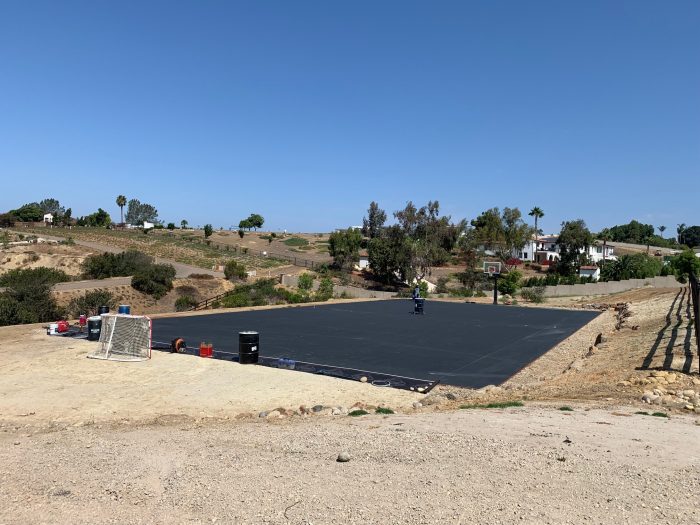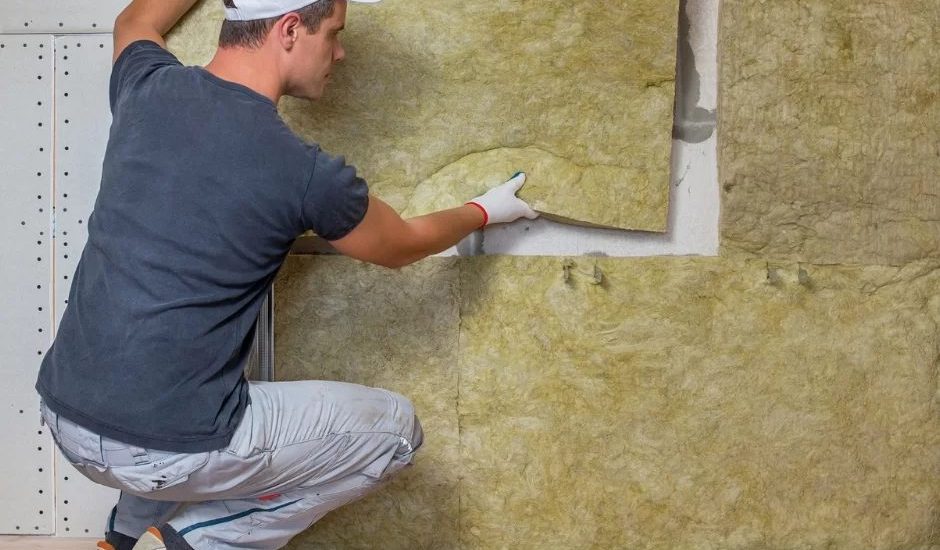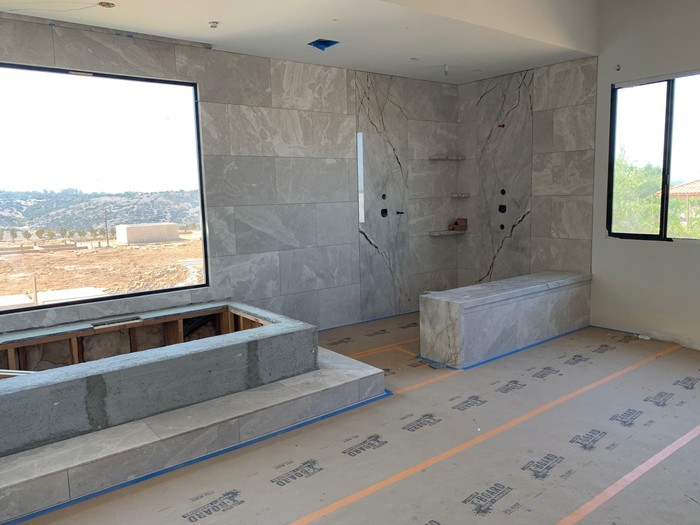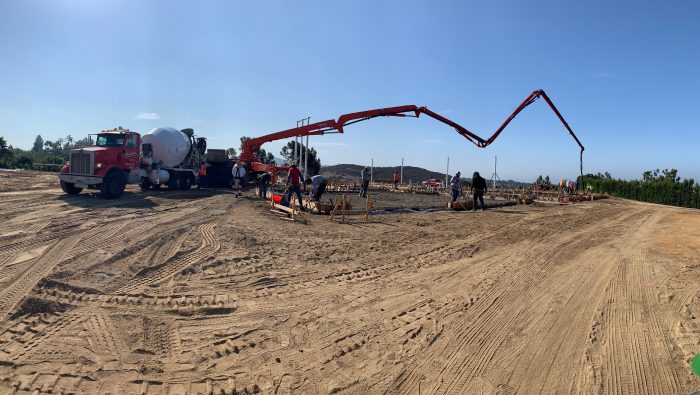Table of Contents
- Introduction
- Understanding Home Rebuilding Costs
- Key Factors That Influence Home Rebuilding Costs
- Methods to Estimate Your Home Rebuilding Cost
- Cost per Square Foot Calculation
- Professional Assessments and Appraisals
- Using Online Home Rebuilding Calculators
- Considering Inflation and Market Trends
- Importance of Contingency Planning
- Detailed Breakdown of Home Rebuilding Expenses
- Construction Materials
- Skilled Labor Costs
- Permits, Fees, and Regulatory Compliance
- Site Preparation and Waste Management
- Architectural and Design Expenses
- Additional Hidden Costs in Home Rebuilding
- The Impact of Supply Chain Disruptions
- The Role of Home Insurance in Covering Rebuilding Costs
- Types of Coverage: Replacement vs. Actual Cash Value
- Policy Limits and How They Affect Rebuilding Costs
- Ensuring Adequate Coverage for Inflation Adjustments
- The Importance of Endorsements and Riders
- Proven Strategies to Manage and Reduce Home Rebuilding Costs
- Smart Material Selection
- Efficient Budget Planning
- Leveraging Contractor Discounts
- The Role of Sustainable Construction
- Choosing Cost-Effective Architectural Designs
- Using Tax Incentives for Eco-Friendly Construction
- Common Mistakes to Avoid When Estimating Rebuilding Costs
- Misjudging Site Preparation Costs
- Overlooking Contractor Bids and Market Fluctuations
- Underinsuring the Property
- Ignoring the Cost of Temporary Housing
- Forgetting to Budget for Landscaping and Outdoor Spaces
- Future-Proofing Your Home: Preparing for Rising Construction Costs
- Investing in Energy-Efficient Upgrades
- Using Modular or Prefabricated Construction Techniques
- Implementing Smart Home Technology for Long-Term Savings
- Strengthening Structural Integrity Against Natural Disasters
- Advanced Cost-Saving Techniques for Homeowners
- Building Partnerships with Local Suppliers
- Planning Renovations in Stages
- Avoiding Costly Change Orders Mid-Construction
- Negotiating Favorable Payment Terms with Contractors
- Conclusion and Next Steps
Introduction
Accurately estimating home rebuilding costs is essential for homeowners who want to be fully insured, prepared for renovations, or financially ready for unexpected disasters. Many homeowners make the mistake of relying on a home’s market value, only to find out that rebuilding costs can be significantly different due to construction, labor, and regulatory expenses.
This guide provides an in-depth look at how to calculate home rebuilding costs, highlights factors affecting the overall cost, and explores methods to ensure homeowners are adequately prepared. Whether you’re dealing with unexpected damages or planning a major renovation, understanding these costs will help you budget effectively and avoid financial surprises.
Understanding Home Rebuilding Costs
Home rebuilding cost refers to the total expenses required to reconstruct a home from the ground up, factoring in materials, labor, permits, and other essential costs. Unlike a home’s market value, which includes the land price and real estate trends, rebuilding cost is directly related to construction and material expenses.
Rebuilding costs fluctuate due to economic conditions, inflation, and changes in building regulations. For example, a spike in material costs or labor shortages can drive prices higher than expected. Understanding these variables can help homeowners anticipate and plan for these changes.
Additionally, modern construction methods and building codes may require additional modifications when rebuilding, further impacting total costs.
Key Factors That Influence Home Rebuilding Costs
Several factors impact how much it costs to rebuild a home:
- Home Size and Layout – The larger the home, the higher the cost due to material and labor needs. Homes with complex architectural designs may also require specialized labor, increasing costs.
- Location and Regional Costs – Construction and labor costs vary by region due to material availability and local regulations. Homes in urban centers tend to have higher rebuilding costs due to labor expenses.
- Building Materials – The quality and type of materials significantly impact rebuilding expenses. Choosing premium materials or imported goods increases costs, while locally sourced materials may be more affordable.
- Skilled Labor Costs – Contractors, electricians, plumbers, and masons charge different rates depending on demand and specialization. The more specialized the labor, the higher the cost.
- Regulatory and Permit Requirements – Local government fees and zoning laws add to the overall rebuilding cost. In some regions, stringent building codes may require additional structural reinforcements.
- Customization and Special Features – Unique architectural details or high-end finishes increase total expenses. Features such as custom-built cabinetry, smart home systems, and premium flooring elevate costs.
- Disaster-Resistance Upgrades – Reinforcements for hurricanes, wildfires, or earthquakes raise construction costs but enhance durability and long-term property value.
- Supply Chain and Availability Issues – Delays in material procurement due to supply chain disruptions can significantly increase costs.
Methods to Estimate Your Home Rebuilding Cost

Tennis court construction
1. Cost per Square Foot Calculation
A straightforward way to estimate rebuilding costs is by using the cost per square foot formula:
For example, if your home is 2,000 sq. ft. and the average cost per square foot in your area is $200, your estimated rebuilding cost would be:
2. Professional Assessments and Appraisals
Hiring a licensed contractor, structural engineer, or appraiser provides a more precise cost estimate. These professionals evaluate:
- Structural integrity
- Material specifications
- Labor rates in the local market
- Site-specific factors such as accessibility or terrain
3. Using Online Home Rebuilding Calculators
Many insurance companies and construction firms offer free online calculators that generate estimates based on home details. These calculators take into account:
- Regional material costs
- Labor pricing trends
- Home features and finishes
- Permit requirements
4. Considering Inflation and Market Trends
Economic conditions can cause fluctuations in material and labor costs. Staying informed about trends in the housing market and construction industry helps homeowners prepare for potential increases in rebuilding expenses.
5. Importance of Contingency Planning
It is crucial to set aside a contingency budget of at least 10-20% of the estimated rebuilding cost to account for unforeseen expenses such as unexpected structural issues or price hikes in materials.
Conclusion and Next Steps
Accurately estimating home rebuilding costs is essential for homeowners looking to protect their investments, secure adequate insurance coverage, and prepare for potential disasters. By understanding the factors that influence rebuilding costs, using reliable estimation methods, and implementing cost-saving strategies, homeowners can effectively plan for home reconstruction.
If you’re considering a rebuild, consulting with a licensed contractor or insurance expert can provide precise guidance tailored to your specific needs.






